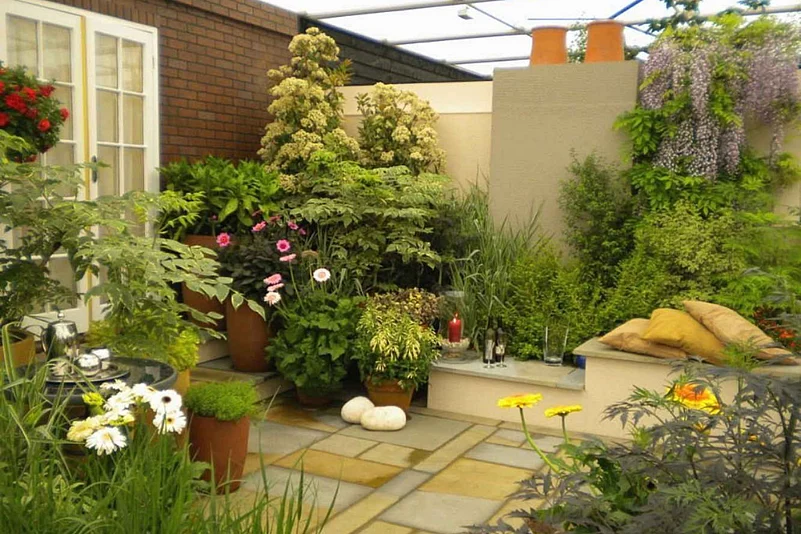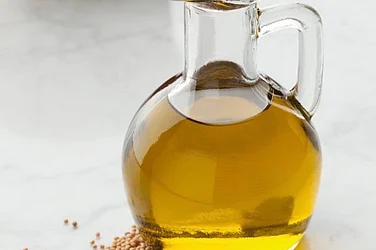Can you grow that COVID-19 vaccine in your kitchen garden? Yes, the day may be nigh! University of California (UC) Riverside scientists are studying whether they can turn edible plants like lettuce into mRNA “vaccine factories”.
With this, “the future of vaccines may look more like eating a salad than getting a shot in the arm”, says an article on the UC website.
“Messenger RNA or mRNA technology, used in COVID-19 vaccines, works by teaching our cells to recognize and protect us against infectious diseases,” it explained.
Writing in news-medical.net, Angela Betsaida B. Laguipo had also observed: “Over the past decades, scientists explored plant molecular farming as a way to produce recombinant proteins for pharmaceutical and biotechnological applications. The effort has focused on producing vaccine candidates against viral diseases, including those caused by enveloped viruses.”
Advertisement
She had mentioned a review published in the journal ‘Vaccines’ (Producing Vaccines against Enveloped Viruses in Plants: Making the Impossible, Difficult, by Hadrien Peyret and others). The study “explored the history and current status of plant-produced vaccine candidates against enveloped viruses, focusing on virus-like particles (VLPs), which mimic authentic viral structures without containing infectious genetic material,” she wrote.
Most vaccines must be kept cold (sometimes well below freezing point) to maintain stability during transport and storage. But if the UC Riverside project is successful, plant-based mRNA vaccines — which can be eaten — could overcome this challenge with the ability to be stored at room temperature.
Advertisement
The UC Riverside project has received a $500,000 grant from the National Science Foundation. Its goals are threefold: showing that DNA containing the mRNA vaccines can be successfully delivered into the part of plant cells where it will replicate, demonstrating the plants can produce enough mRNA to rival a traditional shot, and finally, determining the right dosage.
Grow in your garden
Recently, an article by By Jules Bernstein, UC Riverside, quoted Juan Pablo Giraldo, an associate professor at the University’s Department of Botany and Plant Sciences, who is leading the research being done in collaboration with scientists from UC San Diego and Carnegie Mellon University.
“Ideally, a single plant would produce enough mRNA to vaccinate a single person,” said Giraldo.
“We are testing this approach with spinach and lettuce and have long-term goals of people growing it in their own gardens,” added the professor. “Farmers could also eventually grow entire fields of it,” he stated.
According to the article, the key to making this work are chloroplasts — small organs in plant cells that convert sunlight into energy the plant can use.
“They’re tiny, solar-powered factories that produce sugar and other molecules which allow the plant to grow,” Giraldo was quoted. “They’re also an untapped source for making desirable molecules,” he added.
Advertisement
In the past, according to the article, Giraldo has shown that it is possible for chloroplasts to express genes that aren’t naturally part of the plant. He and his colleagues did this by sending foreign genetic material into plant cells inside a protective casing. Determining the optimal properties of these casings for delivery into plant cells is a specialty of Giraldo’s laboratory.
Giraldo has teamed up with Nicole Steinmetz, a UC San Diego professor of nanoengineering, to utilise nanotechnologies engineered by the latter’s team that will deliver genetic material to the chloroplasts.
"Our idea is to repurpose naturally occurring nanoparticles, namely plant viruses, for gene delivery to plants," Steinmetz was quoted. "Some engineering goes into this to make the nanoparticles go to the chloroplasts and also to render them non-infectious toward the plants,” she was quoted in Bernstein’s article.




















